
💐 Spectrum of Spring 💐
“After admiring its uncanny hue of sunrise in the East Indies, I was pleased to discover orange blossom, citrus peel, jasmine, beeswax, chamomile, and white pepper aromas. A melon-like freshness underpins the soft, complex palate that leaves me curious.” - Ferdinand Magellan
After destemming the grapes, Lorenza foot tread them and left them to macerate and extract flavor from the skins for six days. Afterwards, it was pressed to neutral French oak barrels where the juice spontaneously fermented at about 65°F. Native malolactic fermentation and aging on the lees further softened the acidity and contributed complexity.
Soil: Sorrento loam. Well-drained alluvial fans.
Grown on Bay Miwok land.
Four barrels produced.
“A polyamorous party that leaves all the taste buds satisfied. Wild berries, rose petals, and watermelon juice lead to a kiss of pink grapefruit pith on the finish. Face your freedom with a little fear, and discover the seven wonders of the world.” - Stevie Nicks
Tim Saunders, a doctor at the local hospital employs dry-farming and organic viticulture in his vineyard. There are a few vines of viognier, mourvedre, and syrah peppered throughout the grenache, which adds complexity to the blend.
Direct-to-press. Spontaneous fermentation in neutral French oak barrels.
Soil: Clough gravelly loam terraces
Grown on Miwok and Wappo land.
Four barrels produced.
“Red sky at night, sailor’s delight! This wild, adventurous wine brings white cherry blossom and young strawberries to greet the first sniff. Later, distant nutmeg and savory herbs emerge to accompany pomegranate and other exotic curiosities on the tongue.” - Vasco da Gama
Verdelho juice fermented on the skins of freshly pressed grenache, syrah, mourvèdre, and viognier. Punched down like a red wine, and aged in neutral oak barrels.
Bottled unfined and unfiltered.
Soil: Sorrento loam. Well-drained alluvial fans.
Grown on Bay Miwok land.
Four barrels produced.
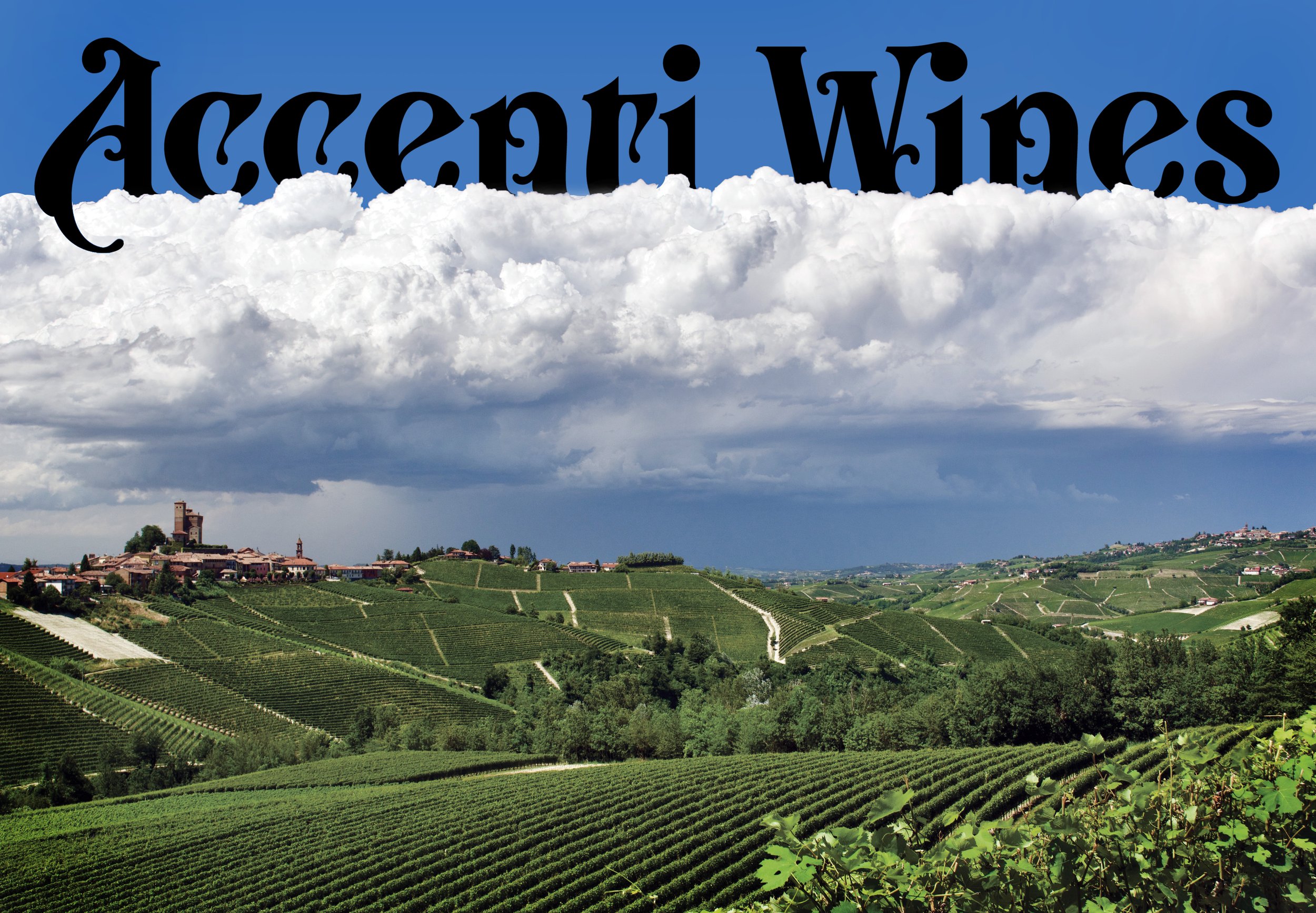
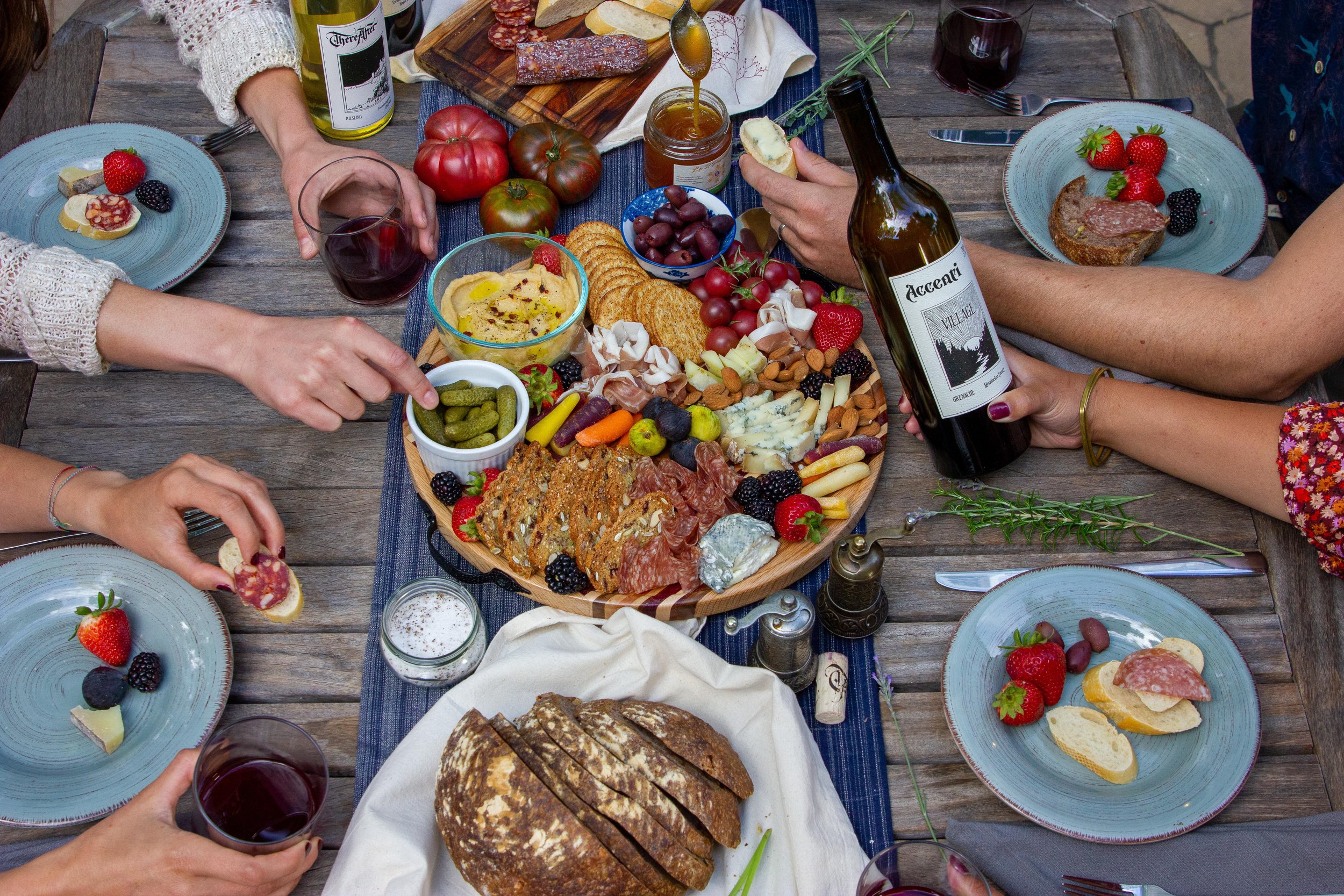
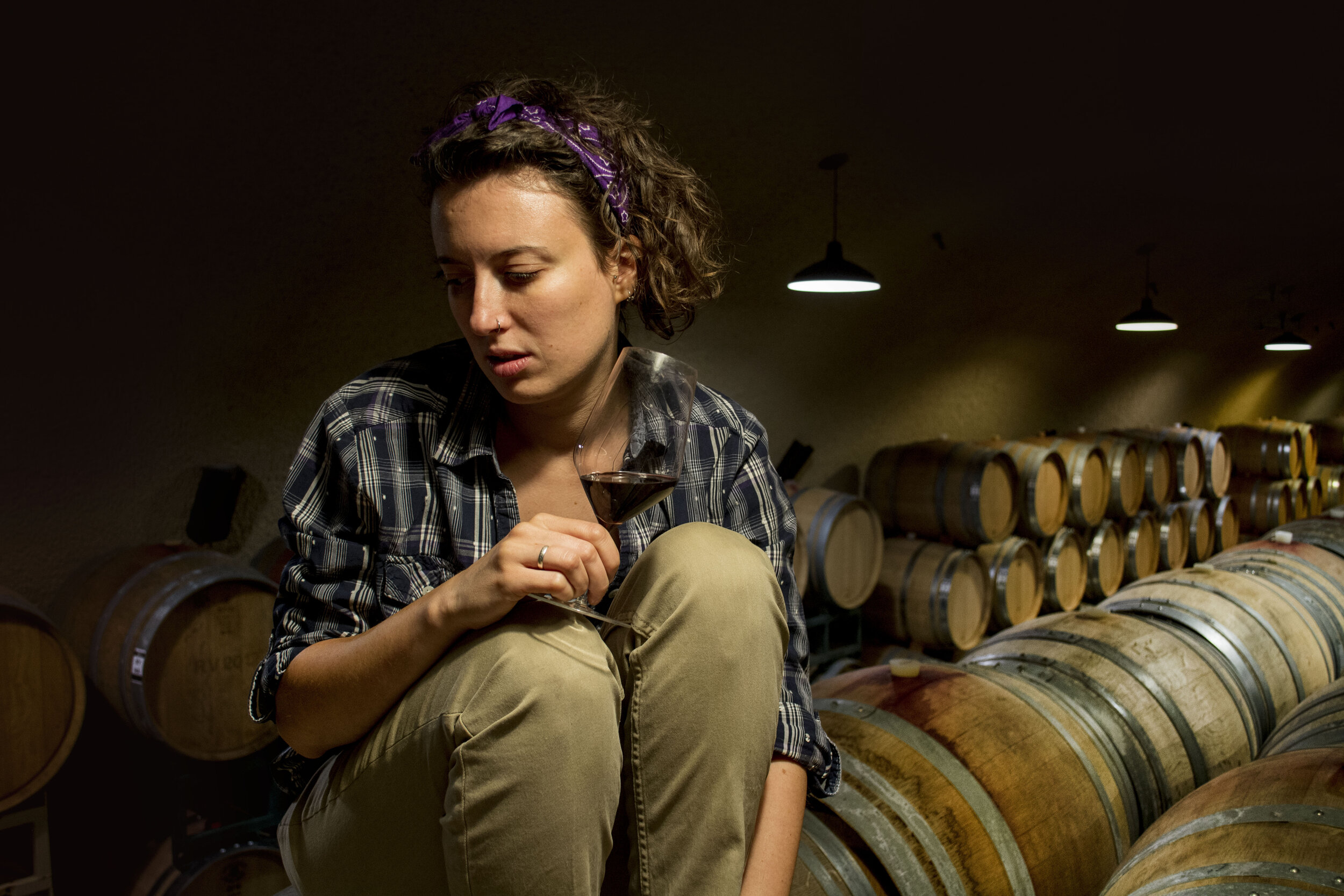
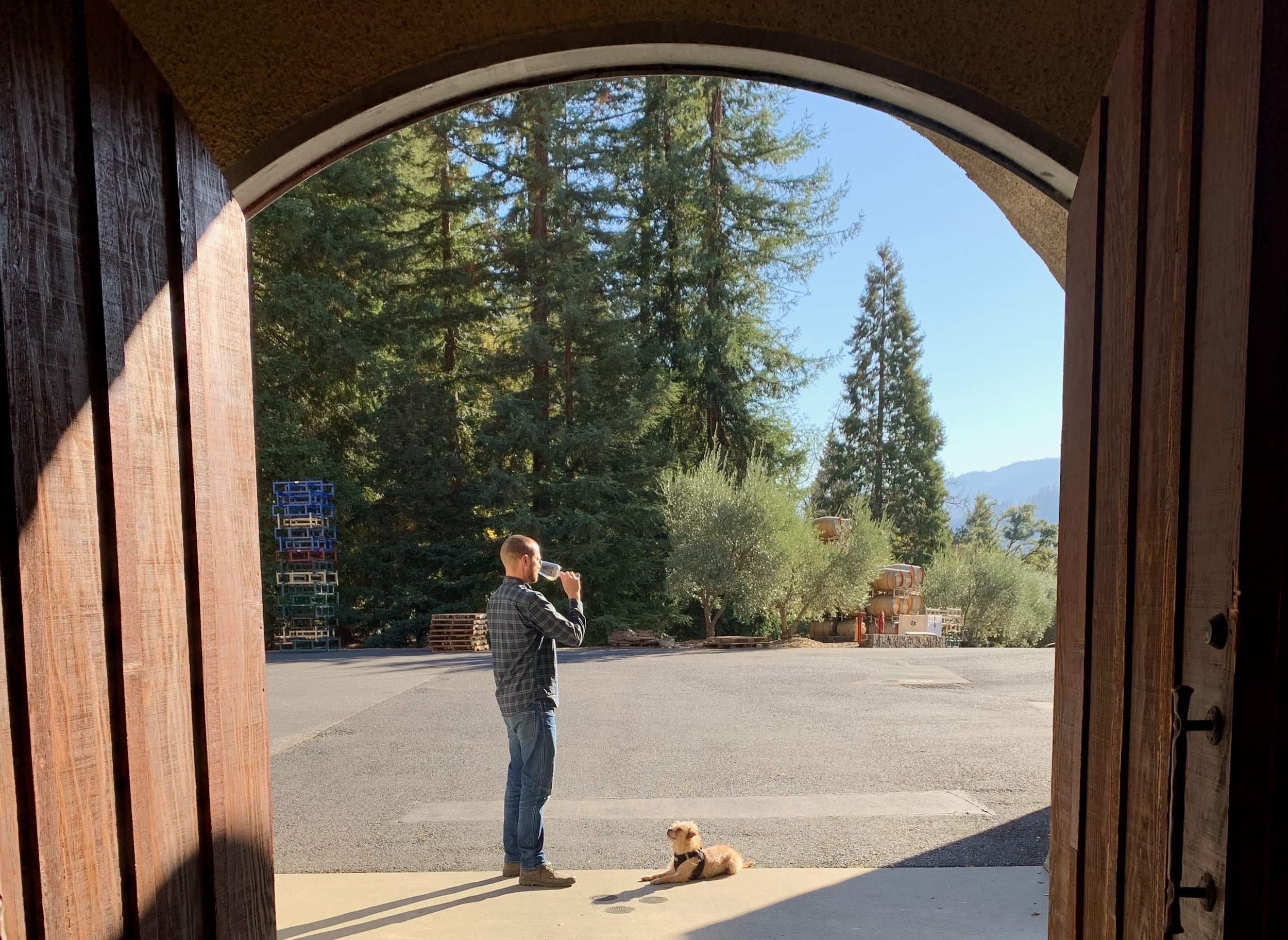
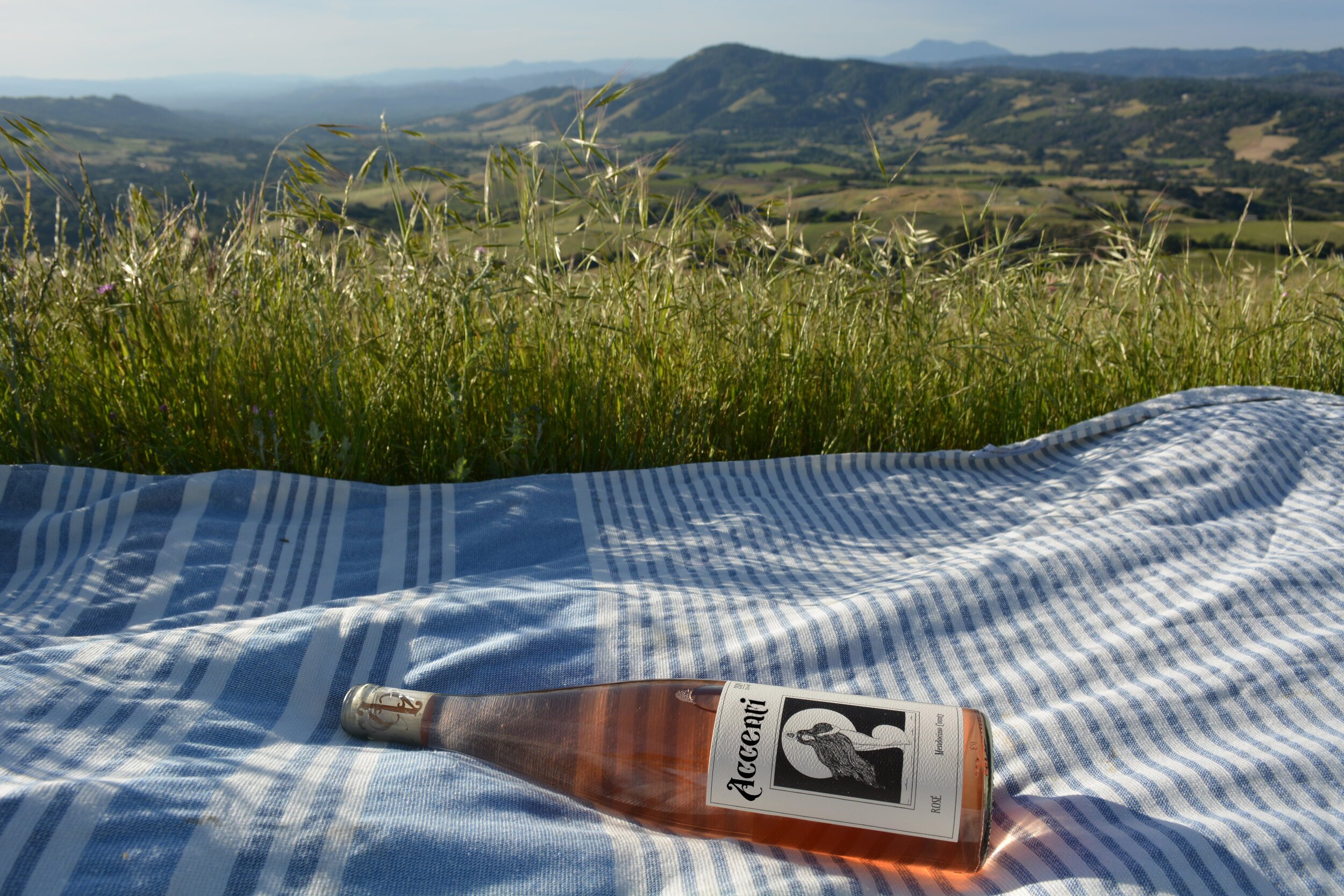


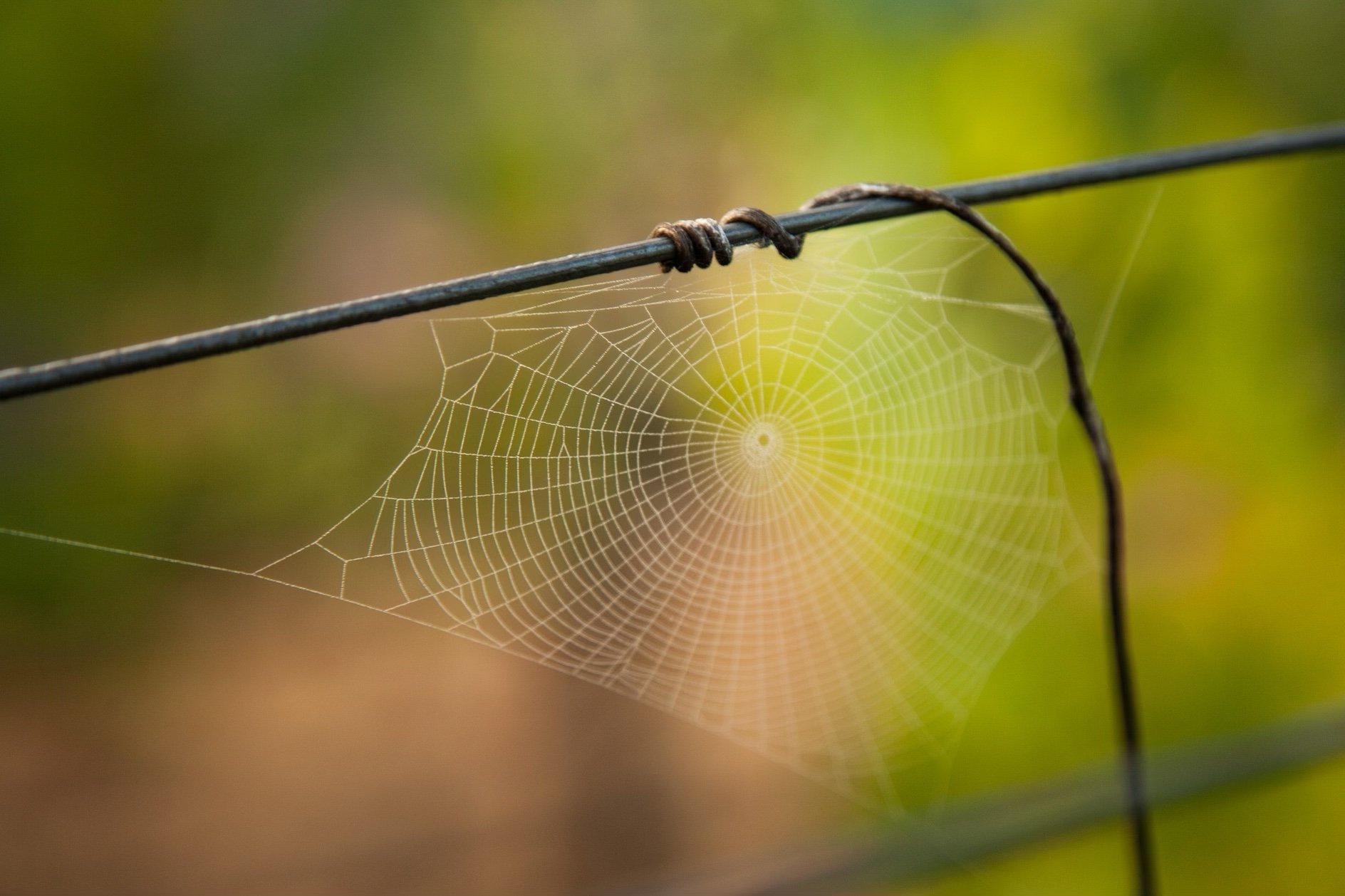
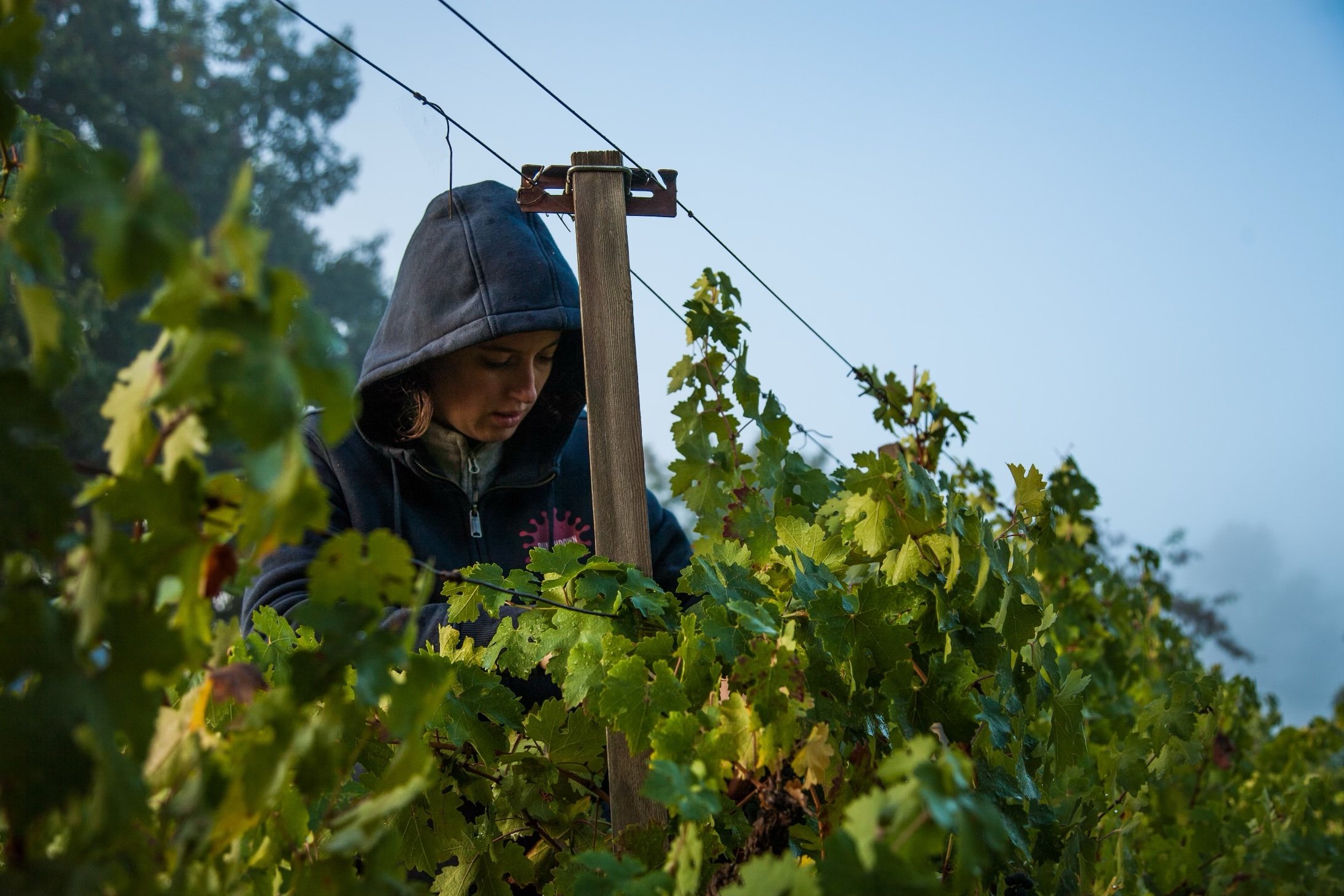
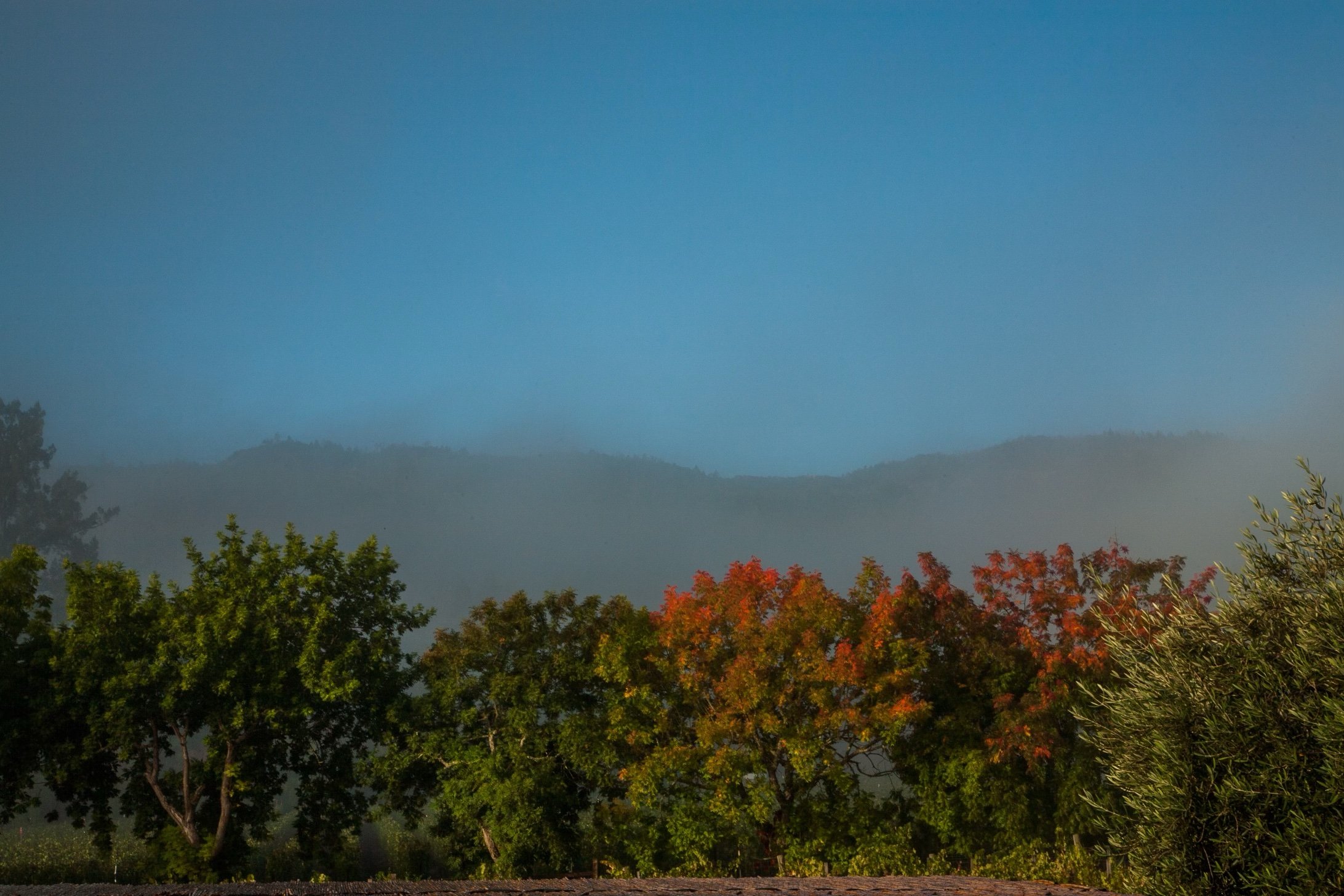
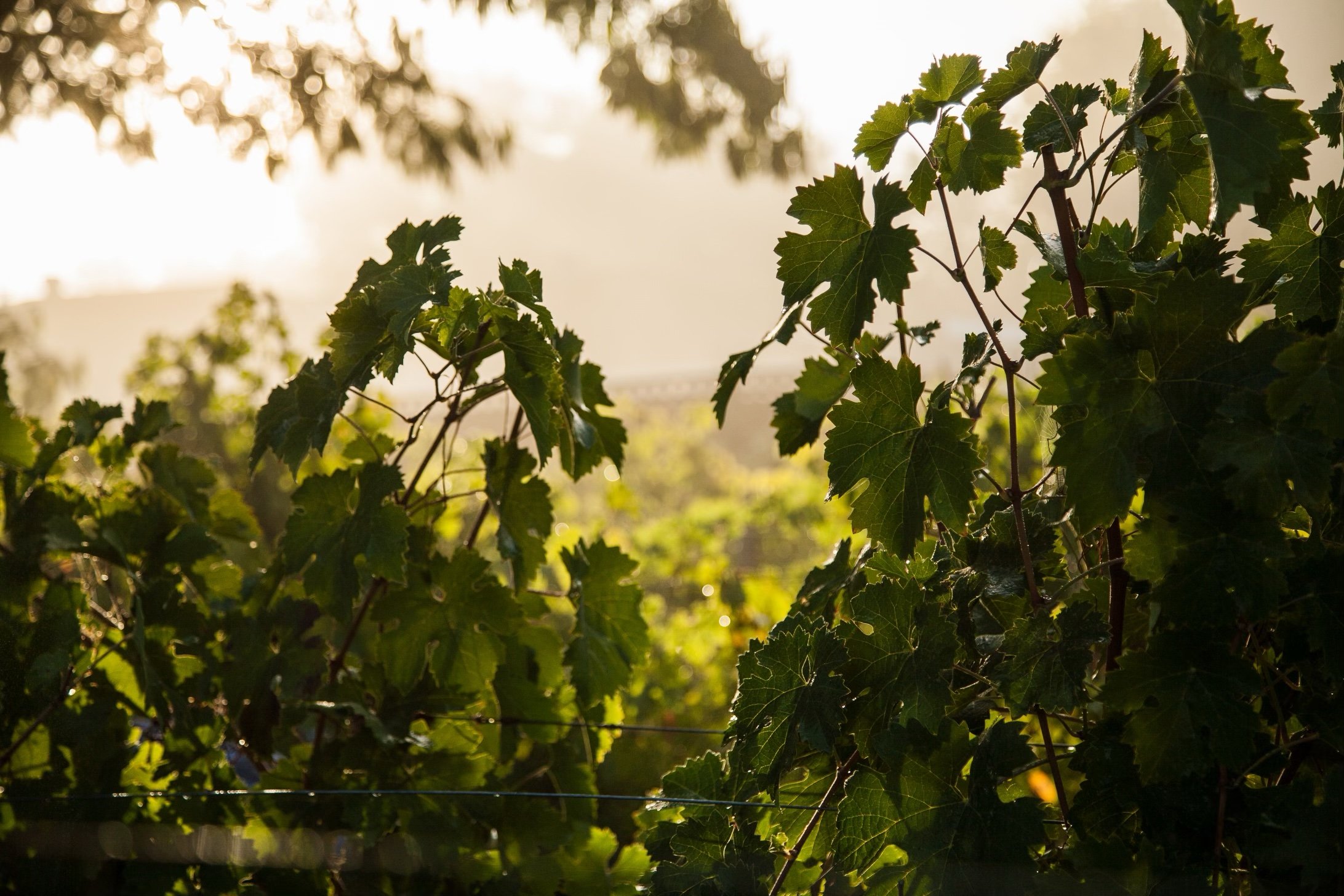



























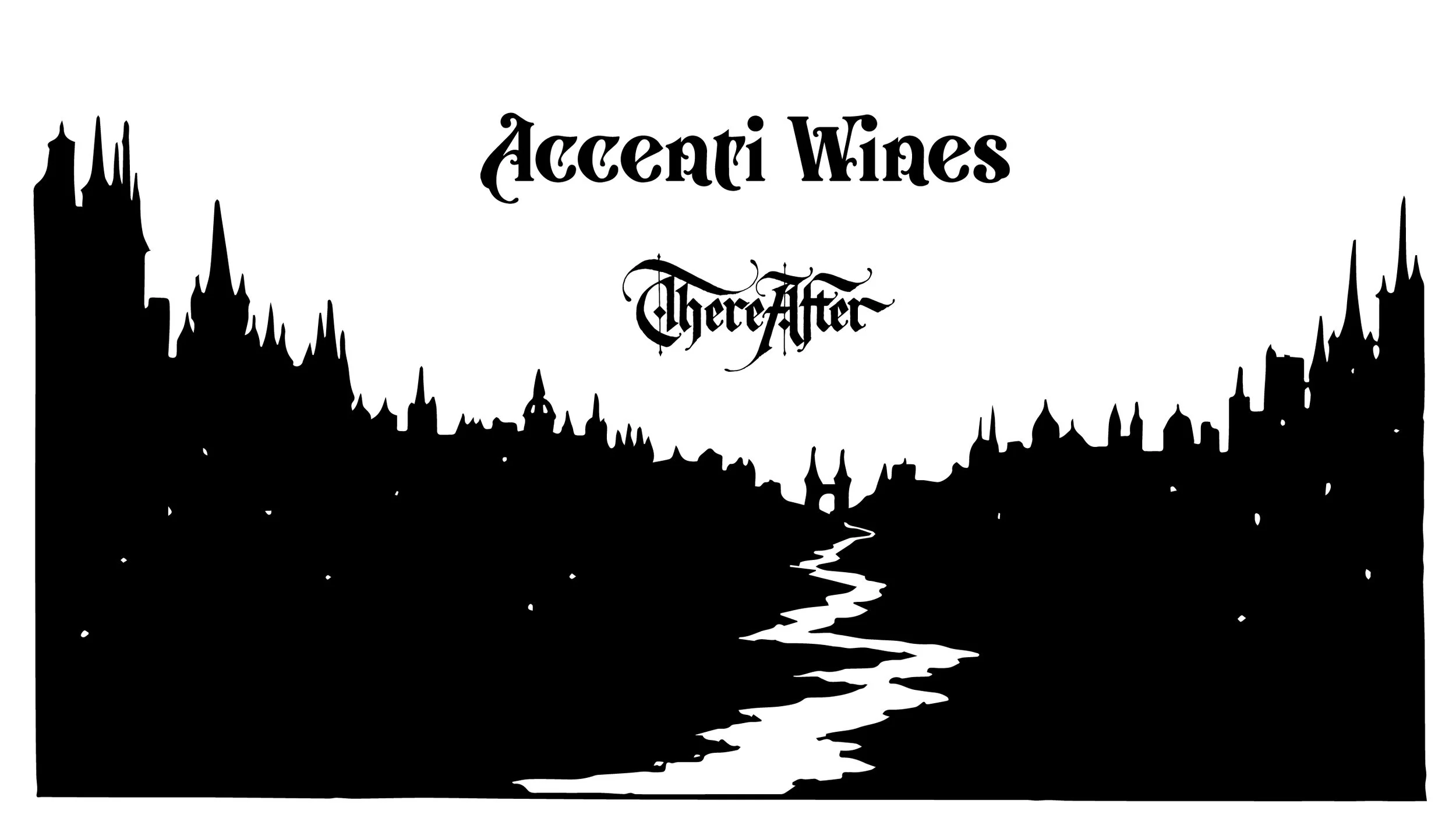
“Soft and crisp with alpine flowers, oyster shell, marjoram, and lemon zest. A volley between savory mineral and juicy, white fruit on the palate. If chardonnay was from a fishing village, it would taste like this.” - Cristiano Ronaldo
Suitcase clones from the island of Madeira organically grown in Tom Morgan’s Evina Vineyard, surrounded by nut and fruit orchards.
Slow, spontaneous fermentations in the different vessels gives the final blend the precise layers of a samurai sword while keeping flavors uplifting and complex.
Soil: Sorrento loam. Well-drained alluvial fans.
Grown on Bay Miwok land.
Four barrels produced.